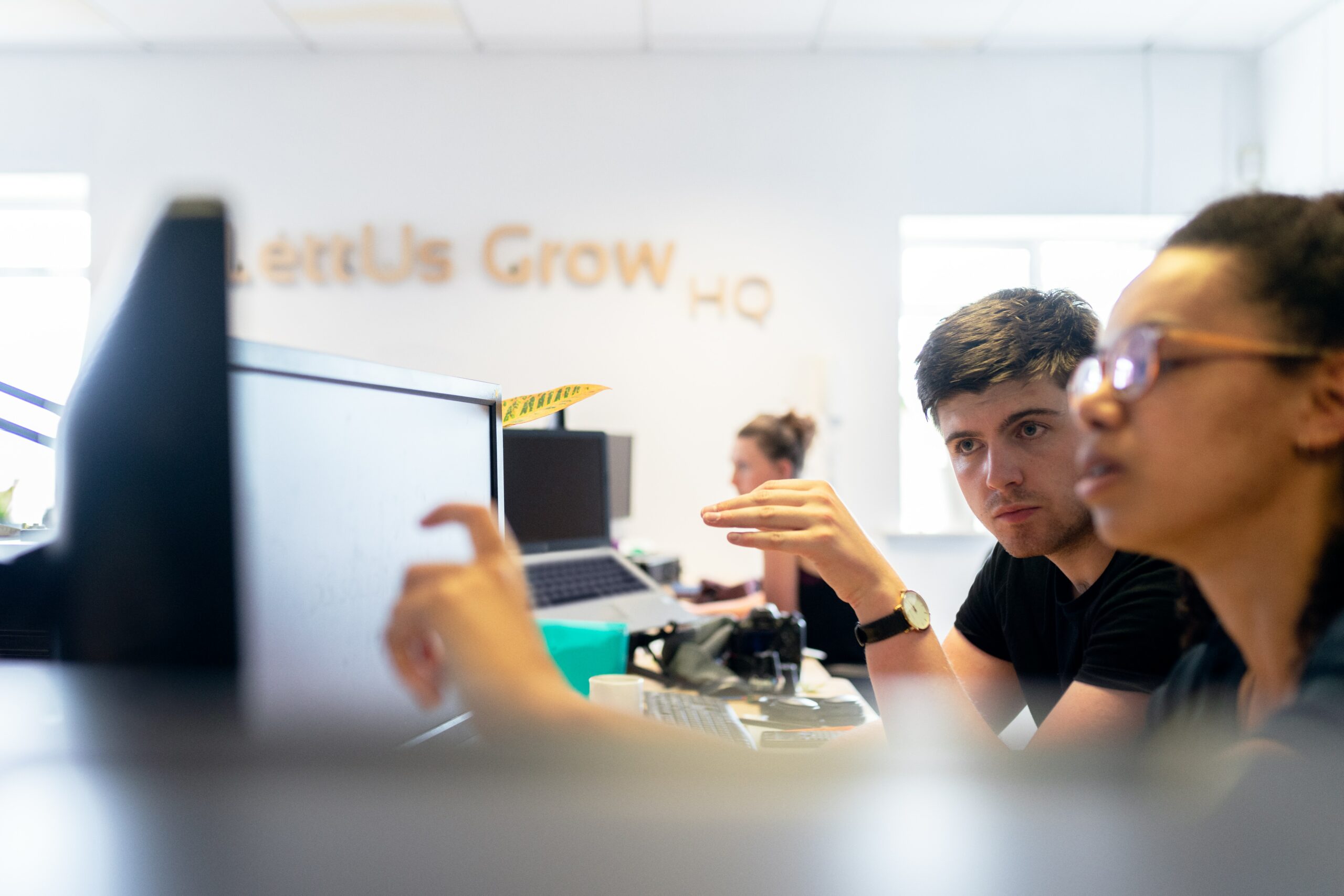We explore the vanguard trends of software testing in 2023. Witness how AI, ML, and Agile methodologies redefine efficiency and accuracy in the industry.
More...
Technological advancement races ahead, unfurling novel strategies in software testing. These groundbreaking techniques promise improved accuracy, efficiency, and effectiveness. This article brings to light the top ten Software Testing Trends to keep an eye on in 2023.

Software Testing Trends
1. Exploratory Testing
Exploratory testing is a time-bound methodology involving simultaneous learning, test design, and test execution. It encourages testers to critically analyze the system, illuminating potential flaws and gaps. This method is becoming increasingly pivotal given the growing complexity and speed of software development.
What Happens in This Testing Approach
Testers navigate through the application, noting potential issues based on their experience and intuition. Each exploration informs the next, uncovering areas of improvement not always identifiable with pre-scripted tests.
Key Players
Manual testers, QA analysts
Tools
2. Production Testing
Production testing is a strategy focusing on analyzing a system under its actual operational conditions. This approach grants testers invaluable insights into system stability and performance, identifying bugs that eluded prior testing stages.
What Happens in This Testing Approach
Unlike testing in isolated environments, production testing evaluates how the system performs in its true context, revealing issues like network latency, server capacity, and more.
Key Players
DevOps engineers, SREs (Site Reliability Engineers)
Tools
3. Mobile Testing
As mobile applications proliferate and their complexity escalates, traditional testing methods are strained. Cutting-edge tools and frameworks now enable streamlined testing across a myriad of devices, platforms, and versions.
What Happens in This Testing Approach
Mobile testing now includes checking app performance on various devices, OS versions, and network environments. It ensures usability, functionality, and consistency of the mobile app experience.
Key Players
Mobile application testers, automated test engineers
Tools
4. AI Assistance in Test Automation
AI and ML technologies are forecasted to surge in the software testing arena, with AI-powered testing solutions predicted to grow at a CAGR of nearly 40% from 2022 to 2030. AI algorithms for test case creation and ML techniques for pattern identification and anomaly detection in test data offer significant enhancements in testing speed and accuracy.
What Happens in This Testing Approach
AI and ML assist in creating more sophisticated test cases and automating their execution. They help recognize trends, predict issues, and learn from each testing cycle to improve future ones.
Key Players
AI specialists, data scientists, automated test engineers
Tools
5. Non-Functional Test Optimization with Continuous Testing
In the face of rapidly shortening software development cycles, continuous testing methods are implemented to maintain consistent quality checks throughout the software development process.
What Happens in This Testing Approach
Instead of isolated testing phases, testing is woven into every stage of development. This method ensures early detection of defects, reducing the cost and effort of late-stage fixes.
Key Players
Test automation engineers, DevOps specialists
Tools

6. Shift Left Testing
Shift left testing promotes early testing in the software development cycle, aided by the rise of cloud testing platforms. This approach offers developers the capability to test their applications on an array of real devices and browsers, facilitating early detection and resolution of bugs.
What Happens in This Testing Approach
Testing begins right from the design phase, emphasizing prevention over detection. Early identification of issues means they can be addressed when it's more cost-effective to do so.
Key Players
Agile testers, QA analysts
Tools
7. AI and ML in Software Testing
AI and ML technologies are revitalizing software testing, making it faster and more reliable. They facilitate enhanced software quality through pattern identification and accurate predictions.
What Happens in This Testing Approach
AI and ML analyze historical test data to predict where issues are likely to occur. They also optimize the testing process, automating repetitive tasks and using predictive analytics to improve software quality.
Key Players
AI specialists, data scientists, machine learning engineers
Tools
Testim.io, Appvance, Functionize
8. Agile and DevOps
Agile and DevOps methodologies are reshaping the software testing landscape. Their widespread adoption demonstrates their success in shortening software lifecycles from development to delivery and operation.
What Happens in This Testing Approach
Agile promotes regular feedback and iterative development, while DevOps emphasizes communication and collaboration across all teams involved in software creation and delivery. Combined, they enable faster delivery of higher-quality software.
Key Players
DevOps engineers, Agile project managers, Scrum masters
Tools
Jira, Jenkins, Docker
9. QAOps Testing
QAOps integrates quality assurance (QA) into the DevOps process, creating a continuous feedback loop among QA, development, and operations teams. This ensures software quality consistency throughout the development lifecycle.
What Happens in This Testing Approach
In the QAOps model, QA isn't an afterthought or isolated phase; instead, it's an integral part of the entire development pipeline. This approach promotes a culture of shared responsibility for quality.
Key Players
QA engineers, DevOps specialists
Tools
Jenkins, Jira, Docker
10. Cybersecurity Testing
With escalating threats and sophistication of cyberattacks, cybersecurity testing has gained prime importance. It comprises vulnerability scanning, security scanning, and penetration testing to ensure software and applications are void of threats.
What Happens in This Testing Approach
Cybersecurity testing identifies potential security vulnerabilities before malicious entities can exploit them. It includes examining system security from an attacker's perspective, identifying vulnerabilities, and assessing potential impacts.
Key Players
Security testers, cybersecurity analysts
